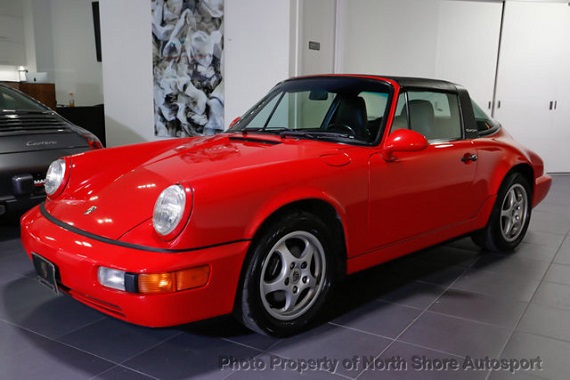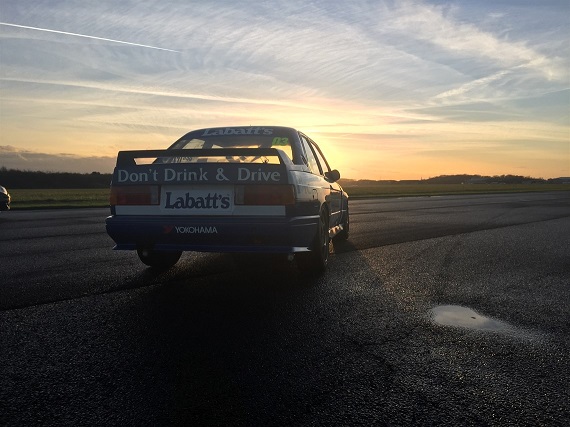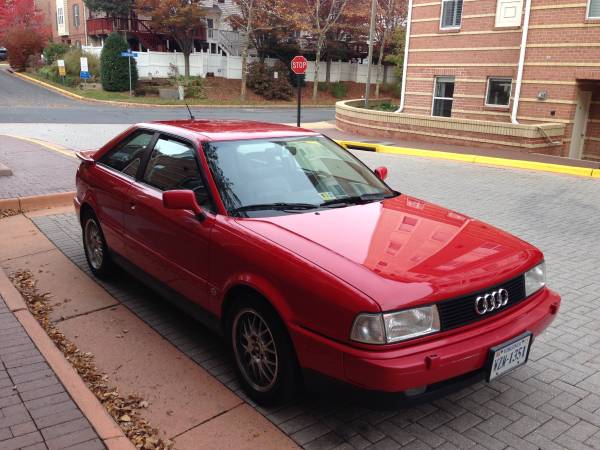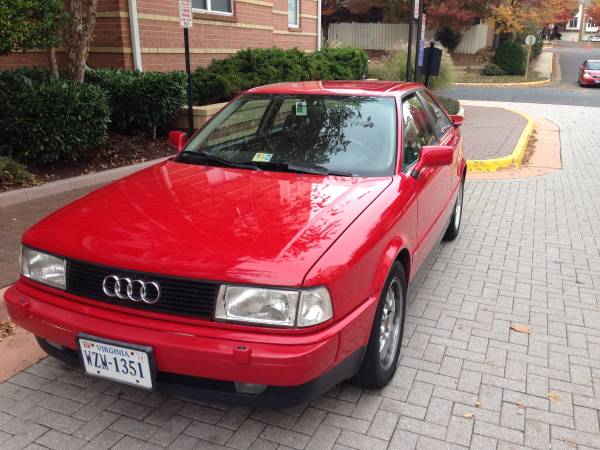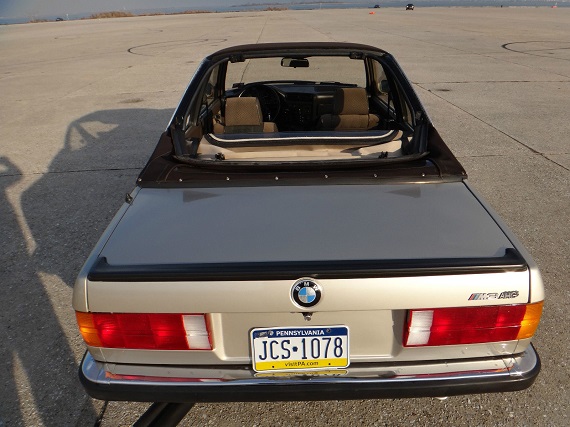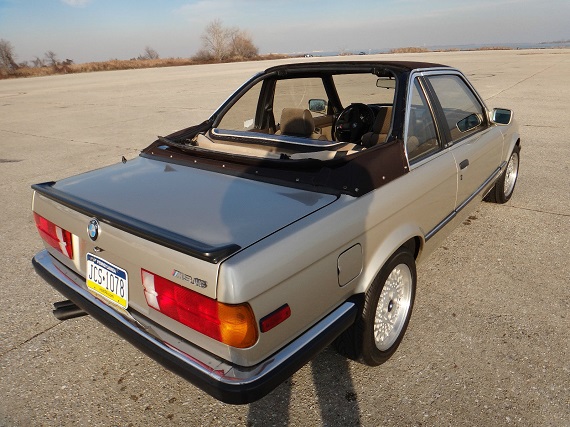When the R107 SL first debuted, few could have imagined this roadster would have lasted in production for another eighteen years. This transformative roadster placed more emphasis on comfort and luxury than “sport and light” as its predecessor, the W113 had. Somehow, though, the R107 struck a chord with buyers and became a symbol of status and upward mobility for years to come, appearing prominently in television series and movies alike. This 1972 350SL represents the very beginning for the R107, painted in a rare hue of Reed Green with matching hubcaps, complimenting the early, slim bumper look quite nicely.
German Cars For Sale Blog Posts
I became somewhat irrationally excited when I came across this Porsche 911. I say my excitement was irrational simply because this is just a standard 911 in a pretty standard (even if quite popular) color. But I’m a fan of the Targa and we don’t come across all that many for the 964. Targas tend to be a little bit unloved and, as was discussed with Saturday’s Carrera 4 Wide Body, the 964 generally wasn’t well loved when it was on the market. So maybe there aren’t a lot of 964 Targas out there. Regardless, I was happy to come across this one and, better yet, it comes from the last year of 964 production, which also makes this the last year of the original Targa design for the air-cooled models. The 993 Targa was a different design altogether, one that I don’t care much for, and it is only with the 991 that Porsche has returned to its original design. For fans of the original Targa this is as modern as an air-cooled example will get. Here we have a Guards Red 1994 Porsche 911 Carrera 2 Targa, located in Chicago, with Black leather interior and 79,313 miles on it.
CLICK FOR DETAILS: 1994 Porsche 911 Carrera 2 Targa on eBay
4 CommentsI’ve given the E30 crowd a fair amount of shtick over the years, mostly because the chassis seems to be the broadest of the bandwagons that enthusiasts jump on to. But the reality is that I’ve always admired the M3 long before I fully appreciated the breadth of its impact on Motorsport. In many ways, the M3 paved the way for an entire generation of homologation specials that now line the walls of automotive Valhalla, and for that alone we as a community should be thankful. To say that the M3 is iconic is a huge cliche, but just as with the other boxflared wonders from Germany – the Quattro and 944 Turbo – the M3 was (and still is) a staple at the race tracks around the world, cementing its reputation as the defacto street-worthy race car. Much of that reputation was built on decidedly un-streetworthy Touring Car races, though, and while the early 90s were the swan song for the S14-engined E30 as regulations and chassis change to the E36 removed it from active competition, there’s no denying that the outgoing race car still had a tremendous amount of appeal as the sun set on its active competition career:
CLICK FOR DETAILS: 1991 BMW M3 BTCC on Race Cars Direct
Comments closedFor some time, the B3 Audi Coupe quattro enjoyed a coveted place in the lineup, and many enthusiasts still consider them the high point of Audi design. However, in the market place their star has fallen slightly as newer and faster cars have become more affordable. While for some time a solid example would have cost you well north of $6,000, these low production all-wheel drive hatchbacks seem to have fallen on harder times recently. They have a reputation for being slow compared to the competition – the result of being relatively heavy rather than lacking in the motor department. The 7A inline-5 20V motor is a true gem of a motor, and on the fly these Coupes are quite entertaining to drive. Of course, as with most of the Audi quattros, turbo conversions are popular and the possibilities are near limitless. The B3 chassis also upped the electronic quotient for the driver compared to the relatively simple B2s. Electronic fuel injection, electronically locking (and automatically disengaging) rear differential, a Torsen center differential, electric seats and automatic climate control moved the B3 upscale from the B2, along with added safety features. However, this past year the first of these Coupes turned 25 years old – an age that qualifies them as being antique in some states. Audi only sold a reported 1,730 of these Coupes between 1990 and 1991 model years, and the best (and probably optimistic) estimates put only about 75% of those still on the road today. So, today instead of looking at two modded examples, here are two clean drivers that could be an affordable and unique classic:
CLICK FOR DETAILS: 1990 Audi Coupe quattro on Washington D.C. Craigslist
2 CommentsThere was a period in the mid 1970s where it appeared that safety nannies like Ralph Nader were going to bring about the death of the convertible. Consider, for a moment, that in 1965 Americans bought nearly 500,000 4-seat convertibles – but by the late 1970s, Detriot had completely abandoned what had been a very successful market. Today, it’s German firms that are the leaders in convertibles sold in the U.S. – no surprise, really, when you consider the number that are available. From the Eos and Beetle to BMW’s 3,6 and Z series, along with plenty of Mercedes-Benz models and Audi’s TT, A3, A5 and R8, there’s no shortage currently of options with air above. Go back to the early 1980s, though, and there were really only two. You could pay a lot of money for a Volkswagen Rabbit Cabriolet, or you could pay a ridiculous amount of money for a Porsche 911 Cabriolet. In response, many aftermarket tuners offered to take the top off just about everything from the S-Class Mercedes to the Porsche 928. Baur was one such firm, offering a drop-top version of the 3-series before BMW did. Rare to find, there’s one that’s popped up for sale today:



